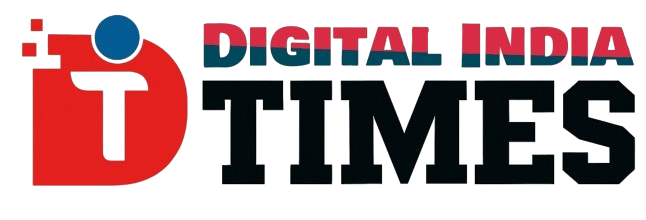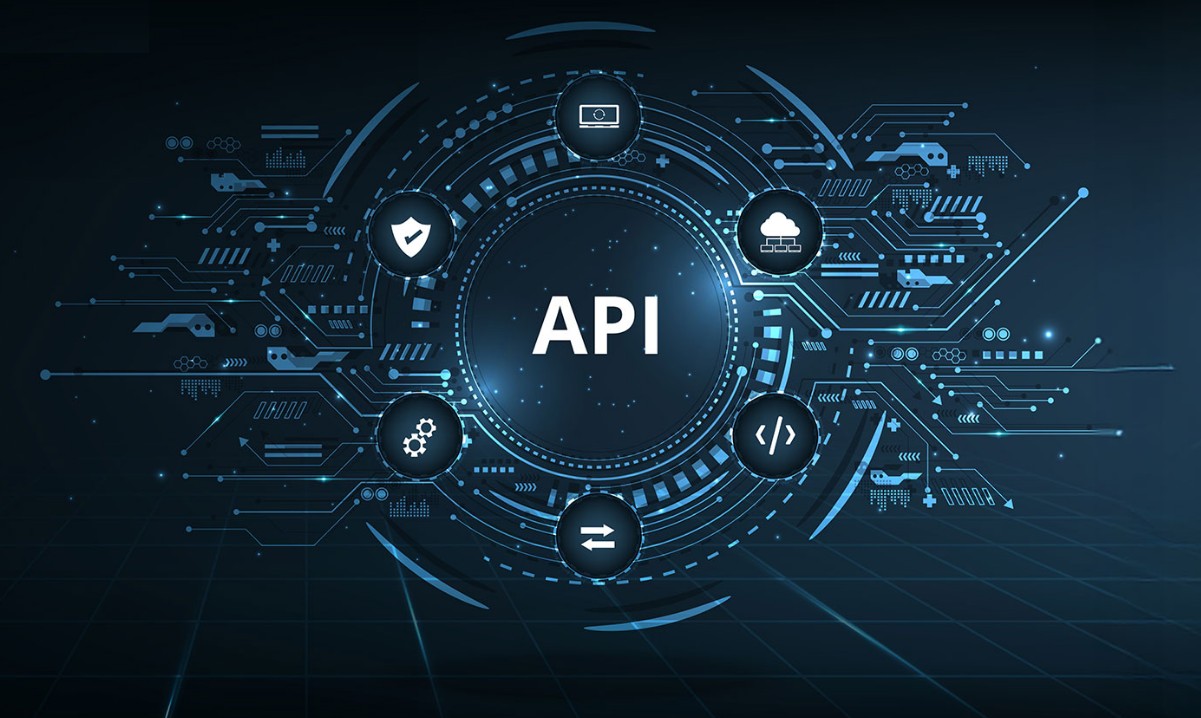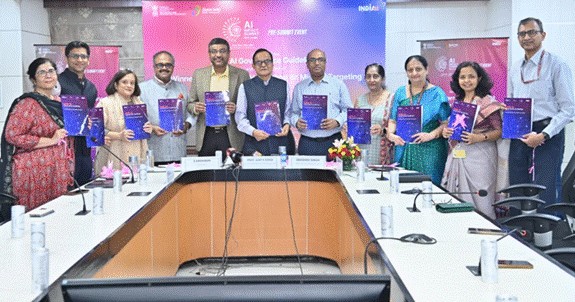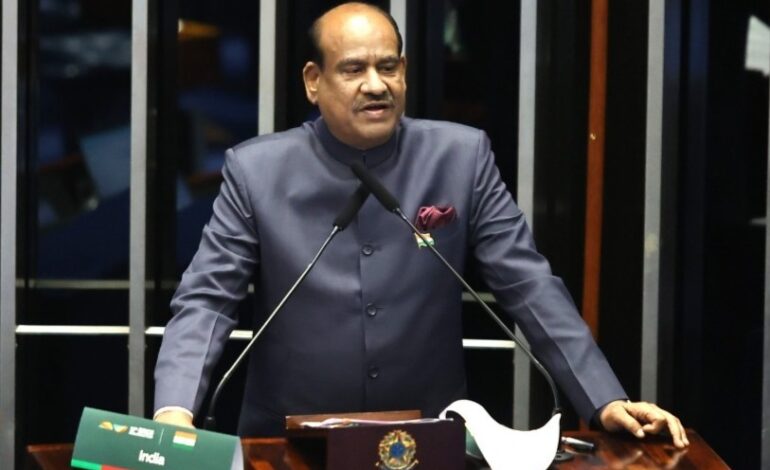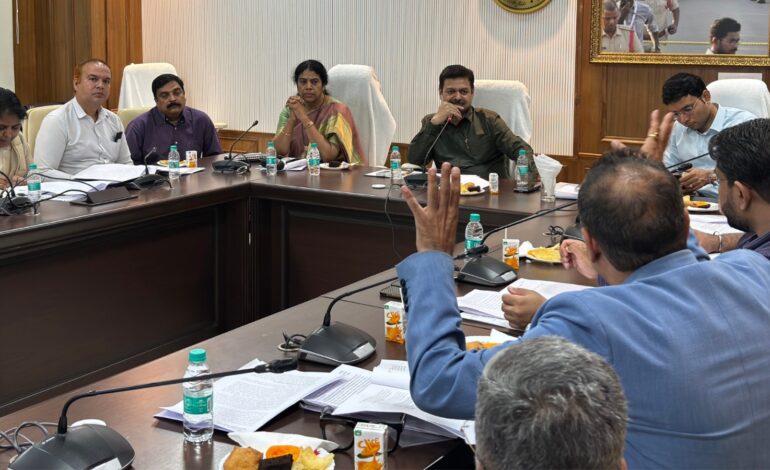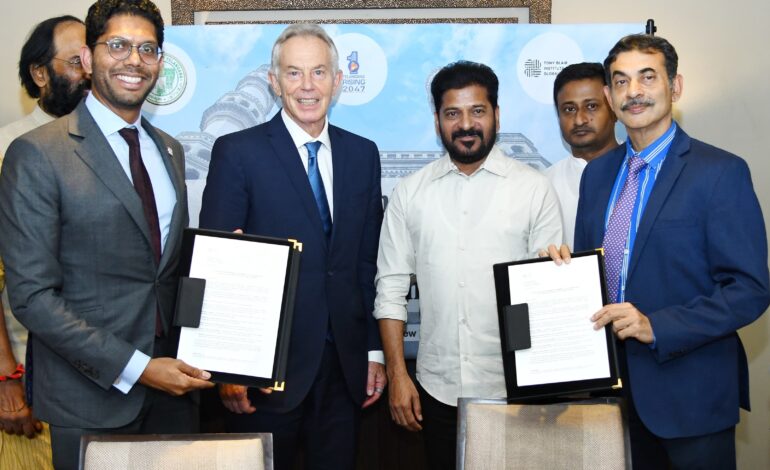India’s OTT Crackdown: Navigating the Legal Boundaries of Morality, Free Speech, Digital Governance
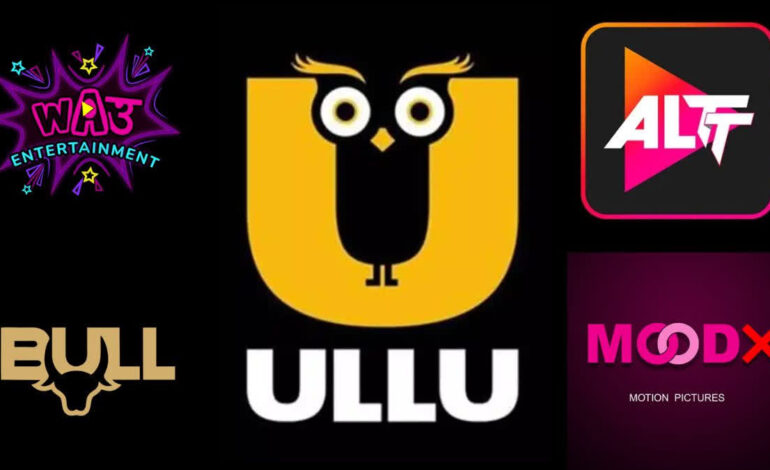
As India blocks 25 OTT platforms citing public morality and legal violations, this article unpacks the legal rationale, constitutional boundaries, and evolving digital governance shaping the future of content regulation.
As India blocks 25 OTT platforms citing public morality and legal violations, this article unpacks the legal rationale, constitutional boundaries, and evolving digital governance shaping the future of content regulation.
The issuance of a formal direction to ISPs across India to block access to 25 OTT platforms “in the interest of sovereignty and integrity of India, public order, decency or morality,” reflects a targeted enforcement action aimed at curbing the proliferation of content deemed harmful to societal norms, public decency, and the dignity of women and children. The concerned digital media platforms that were allegedly operating without any sufficient regulatory compliance or self-regulation. The action also demonstrates the freedom of speech and expression effectively mandates reasonable restrictions in the interests of decency and morality. This regulatory action was preceded by an extensive review of the content available on these platforms, which was reportedly violating multiple provisions of laws, that explicitly criminalizes the publication and transmission of obscene and sexually explicit material and the indecent representation of women.
The enforcement essentially remains targeted and yet proportionate may be characterized as both targeted and proportionate when examined through the lens of constitutional jurisprudence and administrative law. the action was not a blanket or arbitrary censorship of the OTT sector at large, but rather a specific response to a subset of platforms that had repeatedly failed to comply with statutory mandates despite multiple advisories and show-cause notices. These platforms were identified through a pattern of non-compliance, particularly in relation to age-inappropriate content, non-existent grievance redressal mechanisms, and lack of editorial oversight. By selecting only those platforms which exhibited persistent legal breaches, the state action arguably meets the legal threshold of proportionality while remaining narrowly tailored to address the mischief it seeks to prevent.
Though blocking entire OTT platforms as opposed to taking down specific offending content may, on the face of it, appear justifiable in light of persistent and systemic violations, such an approach demands a higher standard of scrutiny under legal principles. The directions to block public access in the interest of public order, decency, or morality, raises legitimate concerns about overbreadth and collateral suppression. Where a platform hosts a combination of objectionable and lawful content, a total blocking could be distantly viewed as suppression. The platform wide blocking may still be legally tenable where there is demonstrable evidence that the platform’s core business model is premised on publishing unlawful content, or where the operator has wilfully ignored repeated notices, refused to implement a grievance redressal mechanism, or failed to take down illegal material in a timely manner. The proportionality of such action is further strengthened if the platform lacks editorial oversight or internal content moderation protocols, thereby facilitating unchecked dissemination of obscene or indecent material.
Irrespective of the balancing out debate between morality and legal action, it must be taken with outmost clarity that any depiction that objectifies, degrades, or portrays women in a sexually explicit, indecent, or derogatory manner constitutes and is a clear violation of laws and may serve as a valid legal ground for regulatory intervention, including the blocking of entire OTT platforms that facilitate or profit from such content. Indian legal jurisprudence has long recognized that public morality and decency form a legitimate basis for content regulation, and digital platforms are not exempt from these constitutional and statutory standards merely because they operate in the virtual domain. Law criminalizes not only the distribution of obscene material but also performances and publications, including those made available through electronic means. OTT platforms, as digital publishers, are specifically regulated by a set of obligations including adherence to a prescribed Code of Ethics, classification of content based on age suitability, parental controls, and a three-tier grievance redressal mechanism to address viewer complaints and regulatory concerns. In the event of non-compliance, the administration is empowered to issue directions for blocking public access to specific content or to the entire platform.
What lies behind the concern of regulating obscene or sexually explicit content, is the lingering context of digital governance that requires a clear, coherent, and legislatively grounded standards governing OTT platforms and digital content intermediaries. The existing regulatory framework is largely rooted in larger and generic legislation, which themselves derive authority from executive rule-making powers. These rules, while intended to impose a co-regulatory mechanism which involves self-regulation, industry standard, and supervision, have drawn criticism for their ambiguity and the vast discretionary powers conferred upon authorities. The subjective criteria such as “decency,” “morality,” or “harmful to the sovereignty or integrity of India” are used to trigger content takedown or platform blocking, yields vast interpretation. This legal opacity creates uncertainty for leading to compliance issues. A robust digital governance framework must therefore be rooted in primary legislation which designed to balance competing constitutional interests. This broader legal architecture must also evolve subject to our societal beliefs while striking balance with international best practices to ensure that India’s regulatory approach is forward-looking, rights-respecting, and resilient in the face of evolving digital realities.
A continuing non-compliance with takedown orders, failure to respond to regulatory notices, or systemic disregard for content moderation obligations may cumulatively justify a platform-wide ban. In effect, the Indian legal regime is undergoing a marked transformation wherein OTT freedom is increasingly being recalibrated. This evolving framework underscores the State’s intent to balance the competing imperatives of artistic freedom and public morality in the context of India’s rapidly growing and socially impactful digital streaming ecosystem.
The crackdown on 25 OTT platforms constitutes a milestone in digital content governance. It underscores the government’s mandate to protect public morality, women’s dignity, and child welfare, relying on established criminal laws and intermediary rules. But equally, it spotlights the risk that regulatory discretion. To remain legally conclusive, India’s approach must evolve toward clearer statutory standards, targeted enforcement, procedural fairness, and judicial oversight that preserves the delicate equilibrium between curbing harmful content and nurturing creative freedom in a vibrant digital age.
